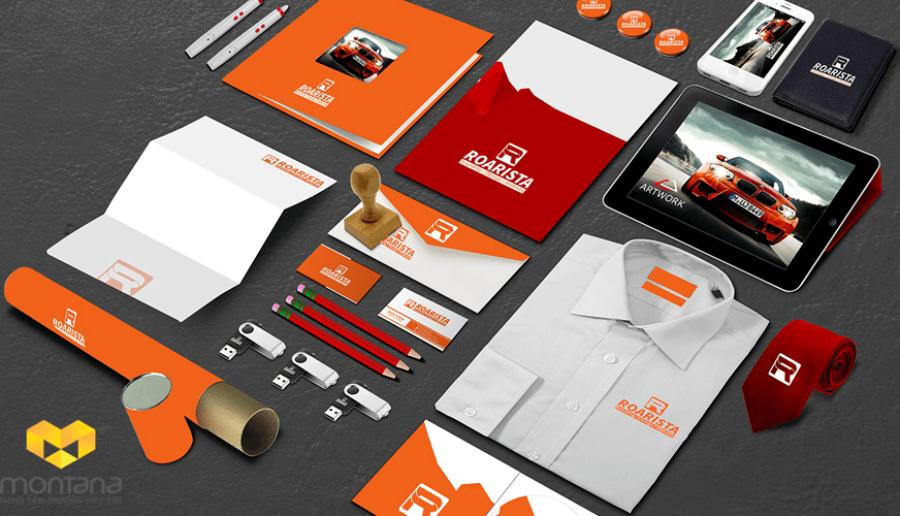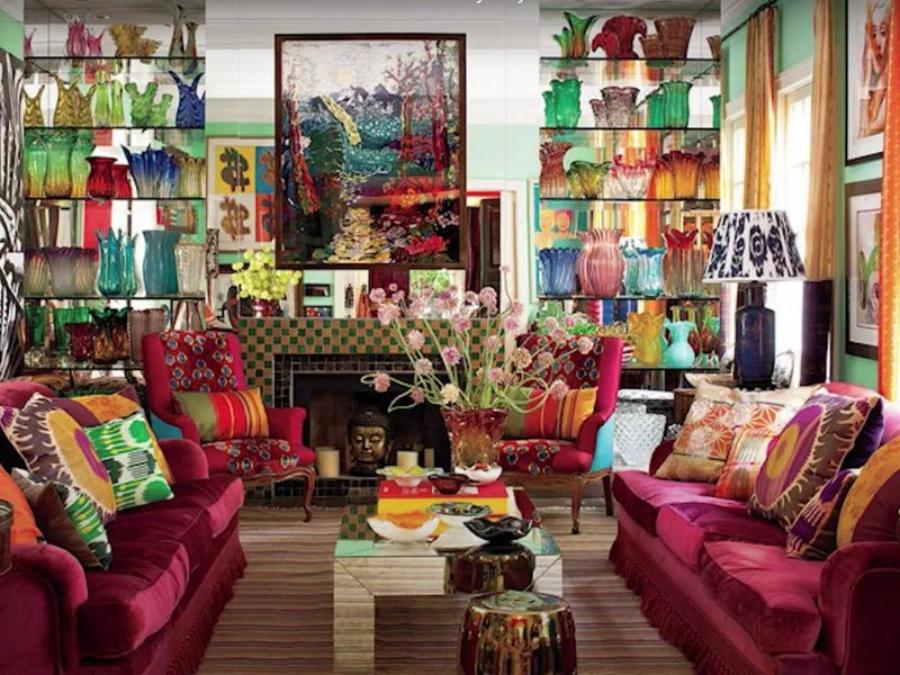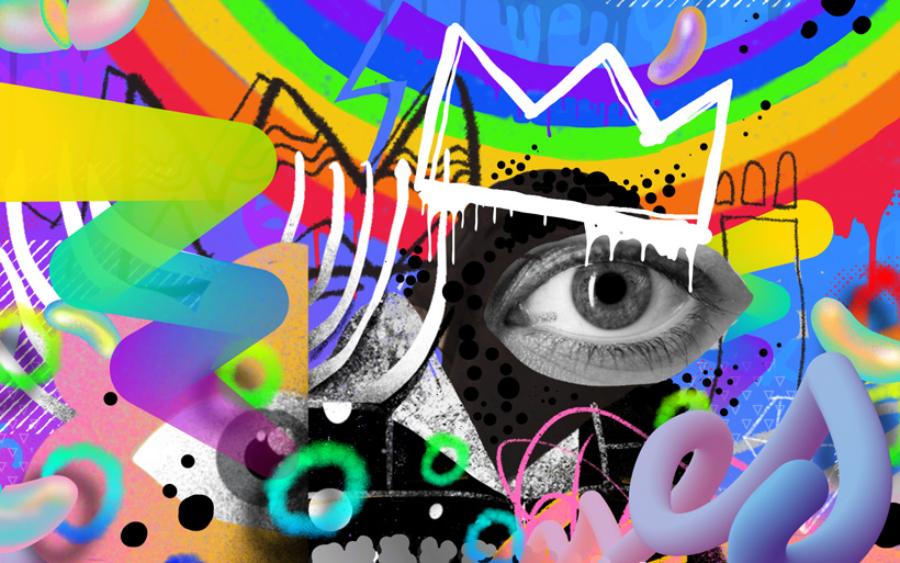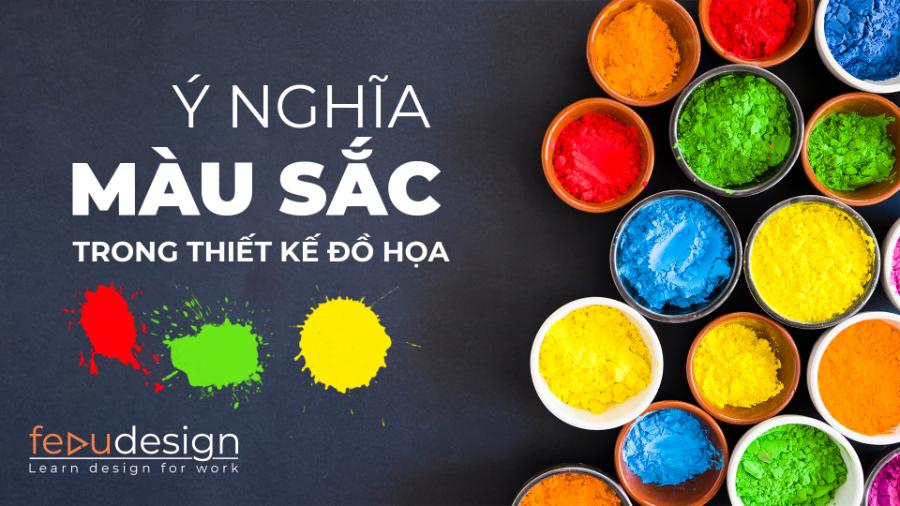Best Selling Products
Standard Sizes of Banners
Nội dung
- 1. Standard sizes of Banners
- 1.1 Newspaper and magazine banners
- 1.2 Street banners
- 1.3 Banner Online
- 2. How to design a unique, beautiful, professional banner
- 2.1 Understand the sizes of banners
- 2.2 Understand the 3B rule
- 2.3 Ensure concise content
- 2.4 Choose colors wisely
- 2.5 Use high quality images
- 2.6 Consider dynamic ads
- 2.7 Design banners with clear focus
- 2.8 Keep the banner simple
- 3. What is the difference between a banner and a poster?
- 4. Conclusion
Advertising banners play a very important role in attracting customers' attention. However, not everyone knows that the size of the banner also greatly affects its effectiveness. Choosing the right size not only helps optimize space but also enhances user interaction. In this article, Sadesign will help you explore the standard sizes of banners and how they affect your advertising strategy. Let's find out to make the right decisions in designing banners for your brand!
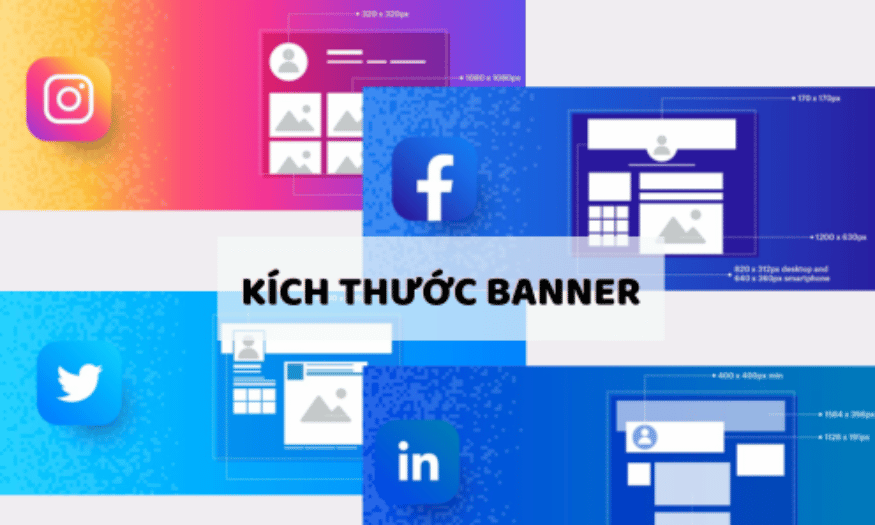
Advertising banners play a very important role in attracting customers' attention. However, not everyone knows that the size of the banner also greatly affects its effectiveness. Choosing the right size not only helps optimize space but also enhances user interaction. In this article, Sadesign will help you explore the standard sizes of banners and how they affect your advertising strategy. Let's find out to make the right decisions in designing banners for your brand!
1. Standard sizes of Banners
When designing a banner, determining the standard size is an important factor to ensure that the banner not only attracts attention but also conveys the message effectively. Below are the standard sizes for each type of banner, suitable for different purposes.
1.1 Newspaper and magazine banners
Newspaper or magazine banners are a traditional form of print advertising, often used to attract readers and promote products, services or brands. Newspaper and magazine banner sizes are usually fixed to fit the printed page. Some typical sizes include:
Full Page Banner : Typically 8.5 x 11 inches (about 21.6 x 27.9 cm). This type of banner takes up an entire page, making it ideal for making a strong impression on readers. Using a full page banner gives brands plenty of space to convey their message clearly and impressively.
Half Page Banner : Approximately 8.5 x 5.5 inches in size. This banner allows you to convey a message without taking up too much space, and is often used to promote specific products or events. With this size, readers can still easily recognize the brand and advertising message.
Third Page Banner : Typically 8.5 x 3.5 inches (about 21.6 x 8.9 cm). This is a good choice for short ads that are still eye-catching enough to grab the reader’s attention. This type of banner is often used in smaller articles or sections where space is limited.
.png)
1.2 Street banners
Street banners are used to attract the attention of passersby in public areas. They are often large in size and have eye-catching images, helping to convey a clear message. Some standard sizes include:
Horizontal Street Banner : Common sizes are 3 x 6 meters or 4 x 8 meters. This type of banner is often hung across walkways or streets, easily attracting attention from afar. Horizontal banners are usually hung in places with high traffic, helping to optimize visibility from many directions.
Vertical Street Banner : The standard size is usually 0.8 x 2 meters or 1 x 2.5 meters. This type of banner is often hung along lamp posts or vertical pillars, suitable for events or crowded areas. Thanks to its height, vertical banners can easily attract the attention of pedestrians, especially during large events.
Large Outdoor Banners (Billboards) : Billboards are very large in size, such as 14 x 48 feet (about 4.3 x 14.6 meters) or 10.5 x 36 feet (about 3.2 x 11 meters). Billboards are often strategically placed to attract the attention of drivers or pedestrians. With this size, advertising messages can be seen from a long distance and are easy to remember.
.png)
1.3 Banner Online
Online banners operate on the internet, and they can be found on websites, mobile apps, and social media. Online banner sizes vary, and some of the standard sizes you’ll often see include:
Leaderboard : 728 x 90 pixels. This is a large banner that usually appears at the top of the website, attracting attention right from the start. With this size, the banner can easily make a strong impression on users as soon as they visit the page.
Medium Rectangle : 300 x 250 pixels. This size is often used in the website content or on the side, and is one of the most popular types of banners. This banner can be easily integrated into the content without confusing the reader, while still ensuring the ability to attract attention.
Large Rectangle : 336 x 280 pixels. Similar to Medium Rectangle but larger, helping to create a stronger emphasis on the ad. This size is often used to promote important products or services, making it easier for users to pay attention to the message.
Skyscraper : 160 x 600 pixels. This type of banner is vertical and usually appears on the side of the website, helping to prolong the viewer's attention. This size is very effective in attracting attention without affecting the main content of the page.
Mobile Banner : 320 x 50 pixels. This is the standard size for banners displayed on mobile devices. With the increase in mobile users today, this size ensures that users can easily see and interact with the ad on their phones.
.png)
2. How to design a unique, beautiful, professional banner
When designing a banner, there are many factors to consider to ensure that the final product is not only attractive but also effective in conveying the message. So what is the secret to making a banner? To have a beautiful and impressive design, you need to understand some basic principles and specific steps. Let's explore the important factors that will help you create the best quality banners.
2.1 Understand the sizes of banners
Banners come in a variety of sizes, and these sizes change frequently according to market trends and needs. Depending on where you want to place your banner, you can choose the most suitable size. Some popular sizes include a long rectangle of 728 x 90 pixels, a half-page of 300 x 600 pixels, and a large rectangle of 336 x 280 pixels. These sizes have been proven to be highly effective in attracting viewers’ attention.
Choosing the right banner size not only affects the aesthetics but also the ability to reach the target audience. If you are designing a banner for mobile devices, choose a size of 320 x 100 pixels to ensure that users can easily see and interact with your ad. The right banner size will help your message be conveyed more clearly and effectively.
2.2 Understand the 3B rule
The 3B rule in banner design includes Brand, Buzz, and Badger. First, you need to combine the brand logo harmoniously on the banner. This not only helps to identify the brand but also creates trust from customers. The logo should be placed in a prominent, easy-to-see position so that viewers can remember it.
Second, to create a buzz, the words used in the banner need to be unique and fresh. A strong message will help you attract attention at first sight. For example, you can use catchy slogans or special promotions to create excitement for viewers. Finally, the continuous appearance of the banner is important to increase brand recognition and encourage customers to take action.
2.3 Ensure concise content
The content on the banner should be short and clear, as the viewer’s attention span is usually very short. You should use few words but still make sure that the words have a strong impact. The message needs to convey the meaning you want to convey, and at the same time, it must attract the viewer’s attention at first sight.
To achieve this, avoid cramming too much information into your banner. A simple yet powerful message is more likely to make a better impression than a complex one. You should also use visuals or icons to support your message, making it easier for viewers to absorb and remember.
(1).png)
2.4 Choose colors wisely
Colors not only make your banner more attractive, but also help convey emotions and messages in a powerful way. Choosing colors wisely can create harmony and highlight your banner. Using contrasting colors to highlight important elements such as text or calls to action (CTA) is one effective strategy.
In addition, you should also use colors that match your brand to ensure consistency and brand recognition. Colors not only create a first impression but also affect the viewer's psychology. A harmonious and meaningful color palette will help your banner be more attractive and convey the message more clearly.
2.5 Use high quality images
Images are an important factor in determining the appeal of a banner. A banner with beautiful and high-quality images will easily attract the attention of viewers. Therefore, you need to ensure that the images you use are high-resolution, sharp and relevant to the message you want to convey. Images are not only decoration but also a means of conveying the message, so choose images that can express the content you want to share.
Using blurry, low-quality images can detract from the professionalism of your banner and leave a negative impression on your customers about your brand. Make sure your images are not only beautiful but also relevant to the product or service you are promoting. This will help increase brand recognition and create a positive impression on viewers.
2.6 Consider dynamic ads
Animated banners can be particularly eye-catching compared to static banners. By using subtle motion effects, you can bring your banner to life, capturing the viewer’s attention. Animated banners can help convey your message more effectively, especially when you want to highlight a new product or service.
However, avoid using too many distracting effects, as this can be annoying and distracting. Make sure that the motion in your ad supports and enhances the main message, rather than distracting the viewer. Subtle use of effects will make your banner not only more attractive but also more memorable.
2.7 Design banners with clear focus
Every banner should have a clear focal point to grab the viewer’s attention at first glance. This could be a product image, a key message, or a call to action. You can use design elements such as larger size, bold colors, or strategic placement within the banner layout to highlight the focal point.
Having a clear focal point not only makes it easier for viewers to identify important content, but also creates a better visual experience. Make sure that other elements in the banner do not overshadow the focal point, but instead support and highlight it. This will help increase the effectiveness of the banner in conveying the message.
.png)
2.8 Keep the banner simple
Remember that no one likes confusing and information-filled ads. So, you need to keep your banner as simple and easy to understand as possible. A simple design will help viewers quickly grasp the message you want to convey without being distracted by unnecessary elements.
The amount of information and messages on the banner must be just enough, conveyed subtly to customers. In particular, advertising banners should not create the feeling that viewers are being enticed or forced to buy products or services. A pleasant and non-pressure design will create a positive experience for viewers, thereby increasing their ability to interact and act.
3. What is the difference between a banner and a poster?
Banners and posters are both effective promotional tools, but they have several distinct differences in design and purpose. First, in terms of size and shape, banners are usually long and narrow, and can be hung horizontally or vertically, making them suitable for use in events, outdoor advertising, or on websites. In contrast, posters are usually rectangular or square in shape, and are often posted or hung on walls indoors or outdoors. This difference makes banners easier to attract attention from a distance, while posters are often designed to provide more detailed information.
In terms of usage, banners are primarily intended to attract attention from a distance, often appearing at large events, trade shows or online advertising. They are often designed with eye-catching images and concise messages, aiming to create a strong immediate impression. Meanwhile, posters focus on providing detailed information, often used in advertising campaigns, exhibitions or social media, where viewers have time to read and absorb the message.
Finally, in terms of location and display, banners can be hung high, along walkways, or displayed on websites, easily attracting the attention of passersby. Meanwhile, posters are usually posted or hung in fixed locations, such as on walls, where viewers can stop and read carefully. This difference affects not only the design but also the way each type of media reaches and interacts with the audience.
.png)
4. Conclusion
When choosing a banner size, understanding the standards will help you optimize your advertising effectiveness. Each type of banner has its own characteristics, suitable for different platforms and advertising goals. With knowledge of the standard sizes of banners, you will have a better chance of attracting customers and increasing revenue for your business!









































